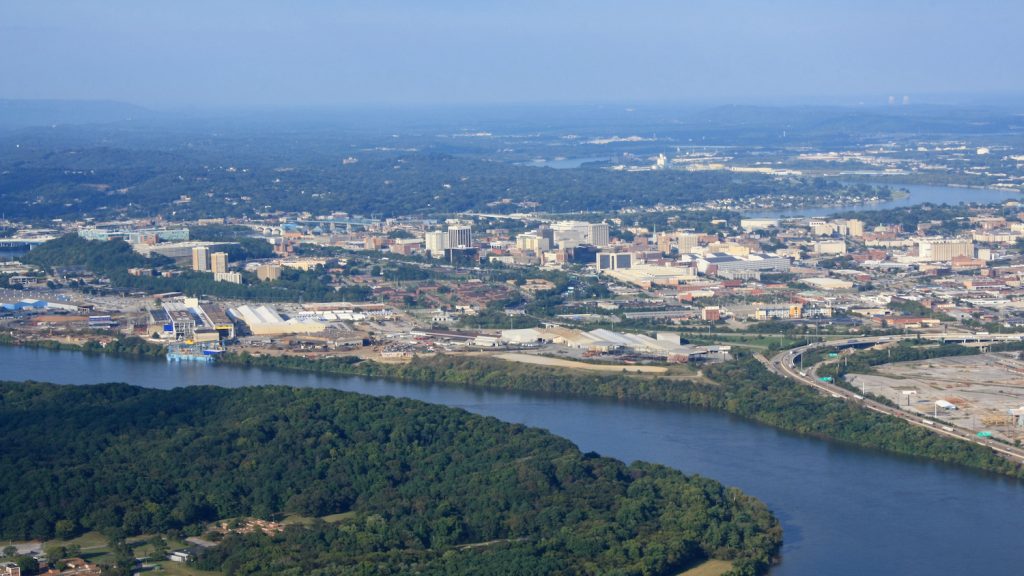Consequences of Urbanization and Climate Change on Human and Ecosystem Health

Principal Investigator: Steve Frank, Department of Entomology, NC State University
Project Completion: August 2019. This project is now completed.
Implements Science Plan Theme: 4
Co-PI: Rob Dunn, Department of Applied Ecology, NC State University
Overview
Urban forests provide well-documented environmental and societal benefits valued at more than four billion dollars per year in the United States. As cities expand onto land once occupied by rural forests, urban trees take on an even more vital role in mitigating global climate change, conserving biodiversity, and protecting human health. In the Southeast urban areas are projected to expand by 139% by 2060 and cover nearly 18% of the land area.
Although 70% of US cities have goals of increasing their tree canopy cover, the nation’s urban forest is actually shrinking by about 4 million trees per year. A primary threat to urban tree cover is arthropod pests, which can be more abundant in urban than rural forests). In previous work, we have shown that temperature increases arthropod pest abundance on urban trees. Urban warming increases tree stress and reduces tree condition directly via physiological stress and indirectly by increasing herbivory. Policy makers, landscape architects, urban foresters, and others do not have decision-making tools to increase or even sustain urban forest cover under current environmental conditions, much less under climate change.
Cities can serve as sentinels to predict which herbivores will become pests in the future or which pests will expand their range to new areas. We have documented that the response of one pest, gloomy scale, to urban warming is congruent with and predictive of their response to warming of rural forests through time. We will predict the outbreak and spread of multiple herbivorous arthropods and with that spread the potential loss of the biodiversity and ecosystem service values of trees. In doing so we can help protect rural forests by providing resource managers with advanced warning of pest range expansion and understanding how conservation areas may be affected by urbanization and climate change.
Finally, in addition to their effects on biodiversity and ecosystem services, decisions that increase or decrease urban tree cover affect human health on a large scale by affecting illnesses caused by solar radiation, air pollution, and sedentary behavior. The effects of trees on human health are, at least coarsely, an ecosystem service, but because the dynamics of these effects depend both on human biology and decisions and on trees, we consider them separately.
In this project, we investigate how tree selection at the local scale affects biodiversity and ecosystem services (Obj. 1). We then look regionally to determine the extent to which trees in cities can be used to predict heat-related threats to rural forests (Obj. 2). We will leverage ongoing investigations of heat-related stress and pest outbreaks in urban and rural forests to develop management recommendations for both systems. We will also convene a working group to assess how urban environmental changes and tree cover affect human behavior and health (Obj. 3).
View a SE CASC Science Seminar Series presentation summarizing this project:
More Information
- Read the latest blog post about the newest publication associated with this project.
- View the video produced by Global Change Fellow Larry Long describing his work on this project.
- See a presentation given by Steve Frank summarizing this work at the National Forum on Climate and Pests.
- Media Coverage on WUNC: http://wunc.org/post/report-global-warming-threatens-north-carolinas-bees#stream/0
